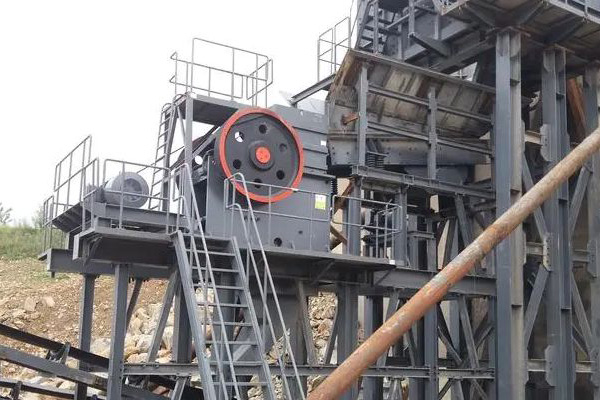Limestone is a widely used raw material in industries such as construction, cement production, and metallurgy. Crushing limestone involves multiple stages to achieve the desired size and quality of the final product. The limestone crushing process generally consists of three main stages: primary crushing, secondary crushing, and tertiary crushing. Each stage plays a crucial role in ensuring efficient processing and optimal material output.

1. Primary Crushing: Coarse Size Reduction
The primary crushing stage is the first step in breaking down large chunks of limestone into smaller, manageable sizes. This stage typically involves the use of a jaw crusher or a gyratory crusher, which are designed to handle large rocks.
- Jaw Crusher: This is the most commonly used primary crusher for limestone. It operates by compressing the material between two plates, effectively breaking it into smaller pieces.
- Gyratory Crusher: In some cases, a gyratory crusher is preferred for large-scale operations. It offers high capacity and is efficient in reducing limestone boulders to a more uniform size.
After primary crushing, the limestone is reduced to sizes ranging from 150mm to 300mm, depending on the crusher settings. The crushed material is then transported to the next stage via conveyor belts.
2. Secondary Crushing: Intermediate Size Reduction
The secondary crushing stage further reduces the size of the limestone material, making it suitable for use in various applications. The most common crushers used in this stage include:
- Impact Crusher: This is a preferred choice for secondary crushing, especially when producing aggregates for concrete or asphalt. Impact crushers work by using hammers or blow bars to strike the material and break it into smaller pieces.
- Cone Crusher: A cone crusher is another option for secondary crushing. It is used when the goal is to achieve a more uniform size with fewer fines. It works by squeezing the material between a rotating cone and a stationary mantle.
At this stage, limestone particles are typically reduced to sizes between 40mm and 100mm. The output is screened to remove oversized material, which may be recirculated for further crushing.
3. Tertiary Crushing: Fine Size Reduction
The tertiary crushing stage is essential when an even finer limestone product is required, such as for cement production or fine aggregates. Crushers commonly used for this stage include:
- Vertical Shaft Impact (VSI) Crusher: VSI crushers are ideal for shaping the final product and producing high-quality sand-like material. They use a high-speed rotor to accelerate rock particles against a wear-resistant surface, resulting in precise particle size control.
- High-Efficiency Cone Crusher: This is another option for tertiary crushing, particularly for applications requiring uniform, cubical particles.
After tertiary crushing, limestone particles typically range from 0mm to 40mm, depending on the final application requirements. Some applications may require additional screening and washing to remove impurities.
Limestone crushing involves multiple stages, each crucial in achieving the desired particle size and material quality. Primary crushing breaks down large boulders, secondary crushing refines the material further, and tertiary crushing ensures finer and more uniform particles. The choice of crushers depends on the specific application, production capacity, and material characteristics. A well-optimized limestone crushing process improves efficiency, reduces waste, and ensures high-quality output for various industries.
